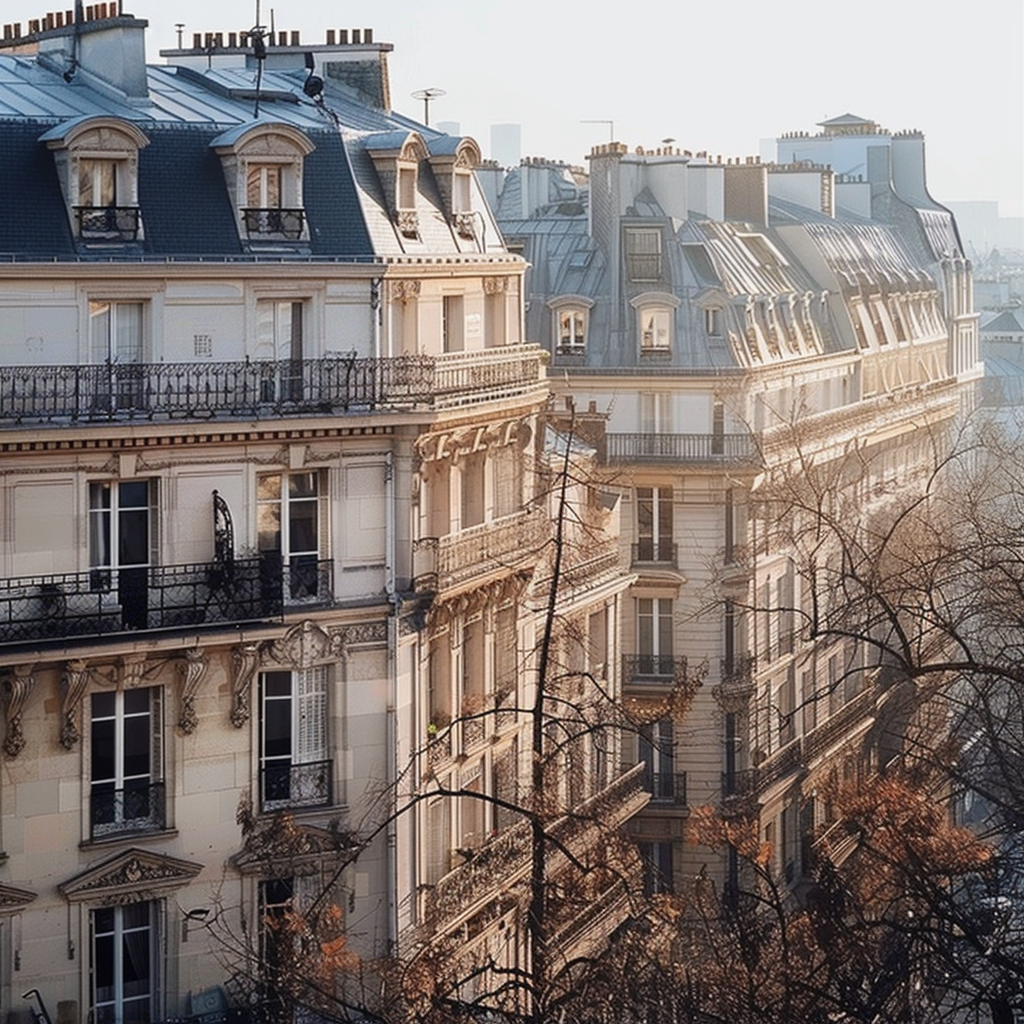
Ireland’s urban centres might do well to mirror Paris when it comes to skyscraper strategies. Paris recently decided to bring back its prohibition on towering buildings, putting an end to a period starting from 2010 when the city’s historic cap of seven floors was relaxed.
Paris, the City of Light, is famous for its charming six- and seven-floor buildings from the Haussmann era, spanning the 1850s to the 1870s, which bestow upon it a timeless elegance. High-rises are confined to the La Defense area, maintaining Paris’s iconic low-rise skyline.
This reversion to height restrictions was spurred by public uproar over the Tour Triangle, a prism-shaped tower by Herzog & de Meuron. It echoed a similar discontent from 1977, triggered by the Montparnasse Tower, a skyscraper that, despite its towering presence, was once deemed the world’s second-most unattractive structure.
Surprisingly, the pushback against tall buildings in Paris is not just about preserving aesthetics but also stems from environmental concerns. Mayor Anne Hidalgo’s Local Bioclimatic Urban Plan, championed by Green councillor Émile Meunier, aims to slash the city’s carbon footprint, mandating a 12-story limit on new constructions.
Contrary to the belief that denser high-rise developments are eco-friendlier, the Parisian stance underscores a preference for lower constructions that embrace sustainable materials and energy-efficient designs like Passiv Haus principles. The built environment is a significant contributor to global warming, with its considerable share in greenhouse gas emissions and resource consumption.
The shift in environmental science towards evaluating the “whole life carbon emissions” of buildings has placed tall structures under scrutiny for their long-term environmental impact. The hefty environmental toll of refurbishing or demolishing these giants is becoming increasingly evident, as seen in the extensive high-rise renovations needed in the UK, spotlighted by the costly and hazardous conditions of buildings like the Barton House in Bristol.
Moreover, incidents like the Grenfell Tower tragedy have intensified debates over the sustainability and safety of high-rise living. Even modern towers like London’s ‘Walkie Talkie’, with its infamous sunbeam issue, face criticism for prioritizing aesthetics over environmental and safety considerations.
In Ireland, the approach towards skyscrapers leans towards Paris’s low-rise preference, with local policies favoring the preservation of the cities’ historical profiles while selectively allowing taller buildings in specific areas. Despite the arguments for high-density living as a solution to housing needs and spatial efficiency, recent environmental insights and a history of construction issues prompt a cautious stance on high-rise developments.
Ireland’s recent initiative to address defects in apartment buildings highlights the broader implications of construction standards and trust in building safety. As Ireland embarks on constructing its tallest office building, the lessons from Paris and the reconsideration of high-rise impacts are crucial in shaping a sustainable urban future.



